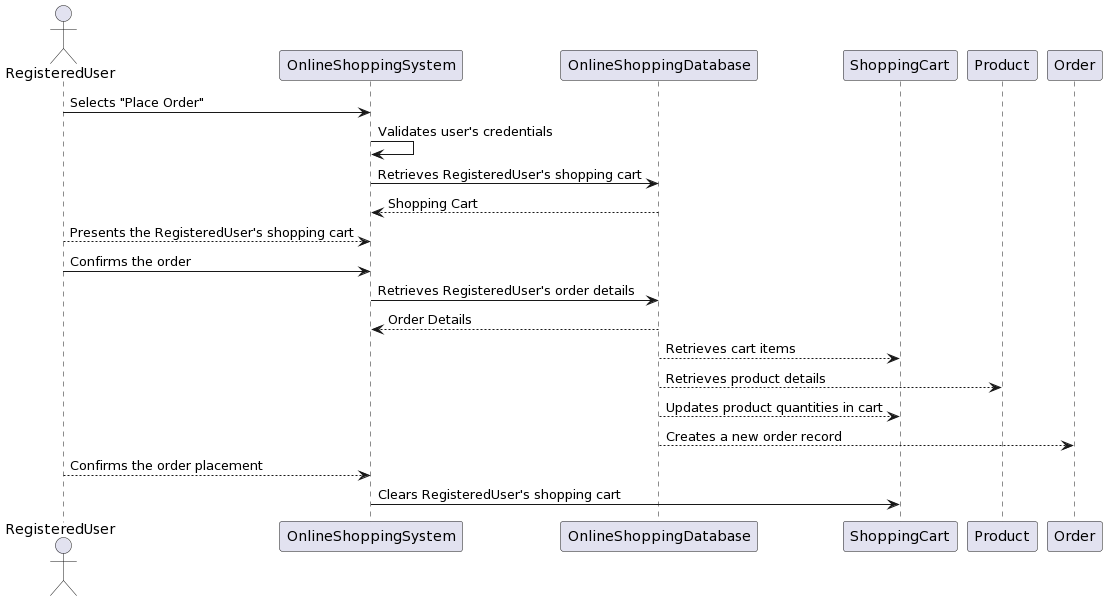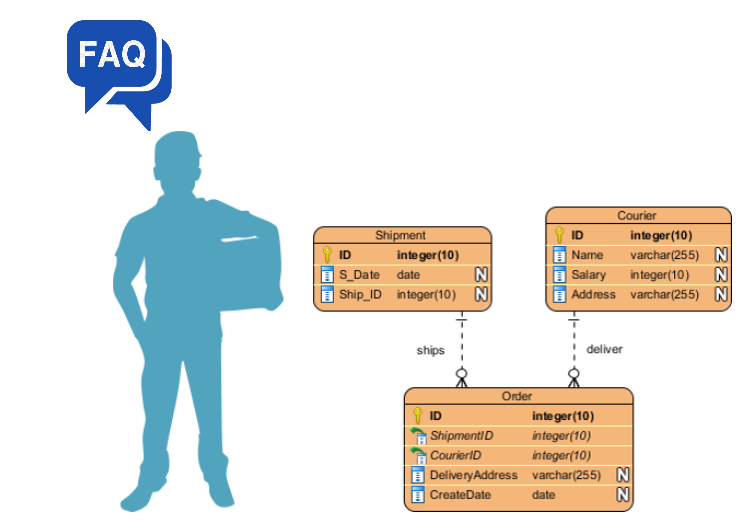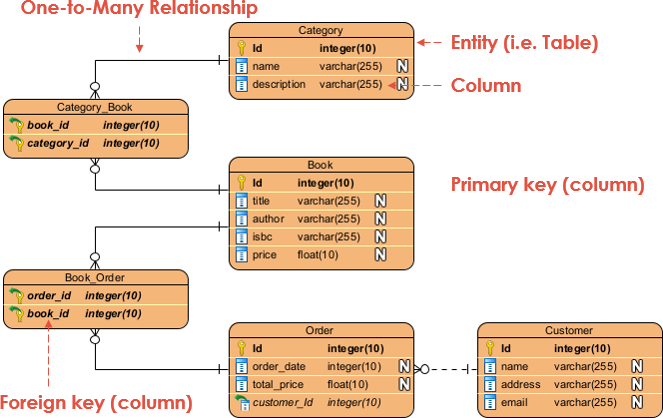Home » Data Modeling / Database » Page 2
Introduction Entity-Relationship Diagrams (ERDs) are a fundamental tool in the field of database design and modeling. They provide a visual representation of the data structure within a database, allowing designers, developers, and stakeholders to understand the relationships between different data entities. ERDs serve as a bridge between the conceptual and logical phases of database design, helping to create a blueprint for building efficient and organized databases. In this article, we'll delve into the key concepts and elements that make up ERDs, offering insights into how they facilitate database design. Entities Entities are…
continue reading →
Introduction In the realm of software development and systems analysis, understanding the interactions between different components of a system is paramount. Use cases and Entity-Relationship Diagrams (ERDs) are two essential tools that help developers and stakeholders gain a comprehensive view of a system's functionality and its underlying data structure. In this article, we will explore the benefits of elaborating a use case with an ERD and provide an example to illustrate this approach. Understanding Use Cases Use cases are a fundamental aspect of requirements analysis and are commonly used in software engineering to…
continue reading →
Introduction Data modeling plays a critical role in the development of information technology (IT) systems. It involves creating abstract representations of the data that an application will use, which helps developers design efficient databases and understand the relationships between different data elements. Two commonly used modeling techniques are Class Diagrams and Entity-Relationship Diagrams (ERDs). While Class Diagrams are commonly associated with object-oriented programming, ERDs are used in database design. This article explores the process of elaborating a Class Diagram into an ERD to facilitate effective data modeling for an IT system. Understanding Class…
continue reading →
Introduction In the world of software development, creating a robust and efficient application involves careful planning and design. Two fundamental tools at the heart of this process are Class Diagrams and Entity-Relationship Diagrams (ERDs). Class Diagrams allow us to visualize the structure and behavior of our software, while ERDs help us model the underlying data and database schema. However, the key to successful software development lies in finding the right balance between these two essential aspects. Class Diagrams vs ERD Class diagrams and Entity-Relationship Diagrams (ERDs) are two different types of diagrams used…
continue reading →
Introduction Entity-Relationship (ER) modeling is the cornerstone of effective database design, providing a structured approach to represent and define the relationships between entities within a database system. Whether you're a seasoned database professional or a student embarking on a journey into the world of data management, ER modeling is a concept you'll undoubtedly encounter and utilize. In this comprehensive guide, we address the most frequently asked questions (FAQ) about ER modeling, providing you with insights into the fundamentals and intricacies of this crucial discipline. From understanding entities, attributes, and relationships to mastering cardinalities…
continue reading →
1. Introduction to ERD An Entity-Relationship Diagram (ERD) serves as a powerful visual tool for comprehensively mapping the structure of a database. It provides a graphical depiction of how different entities within the database are related to one another, while also highlighting the attributes associated with each entity. ERDs are invaluable during the database design phase as they facilitate the process of defining data requirements and establishing a clear understanding of the database's architecture. Moreover, they excel at conveying intricate data relationships, making them an indispensable communication aid for both technical and non-technical…
continue reading →
Data modeling is the process of creating a visual representation of the data and its relationships in a database. One of the most commonly used tools for data modeling is the Entity Relationship Diagram (ERD), which uses graphical symbols to represent entities, attributes, and relationships. In this article, we will explore the process of data modeling using an ERD and provide examples of how it can be used in real-world scenarios. What is an Entity Relationship Diagram (ERD)? An ERD is a graphical representation of entities, their attributes, and the relationships between them.…
continue reading →
Class Diagrams vs Object Diagrams vs ER Diagrams Class diagrams, object diagrams, and ER diagrams are all used to model the static aspects of an object-oriented system. Each type of diagram has its own specific use case and can be used at different stages of the software development process. Typically, class diagrams, object diagrams, and ER diagrams are all useful tools for modeling the static aspects of an object-oriented system. Class diagrams are used in the design phase of the software development process, object diagrams are used for debugging and testing specific instances…
continue reading →
Data Modeling and Object Modeling: A Synergistic Relationship Data modeling is the process of creating a visual representation of data and its relationships. It helps to understand the data and its structure, which is crucial for developing software applications, databases, and other data-related projects. Object-oriented (OO) system development is a software development methodology that emphasizes the use of objects and classes to represent real-world entities and their relationships. Object modeling is a key aspect of OO system development. It involves creating a model of the system using objects, classes, and their relationships. Data…
continue reading →
Exploring the Key Concepts and Elements of Entity-Relationship Diagrams (ERDs) What is an entity-relationship diagram (ERD) An entity-relationship diagram (ERD) is a powerful tool for data modeling that allows developers and designers to create a visual representation of data and its relationships. ERDs are based on the concept of entities, which are objects or concepts that have independent existence and can be represented as rectangles in an ERD. Attributes are properties of an entity that describe its characteristics or features, and are represented as ovals in an ERD. Relationships describe how entities are…
continue reading →











